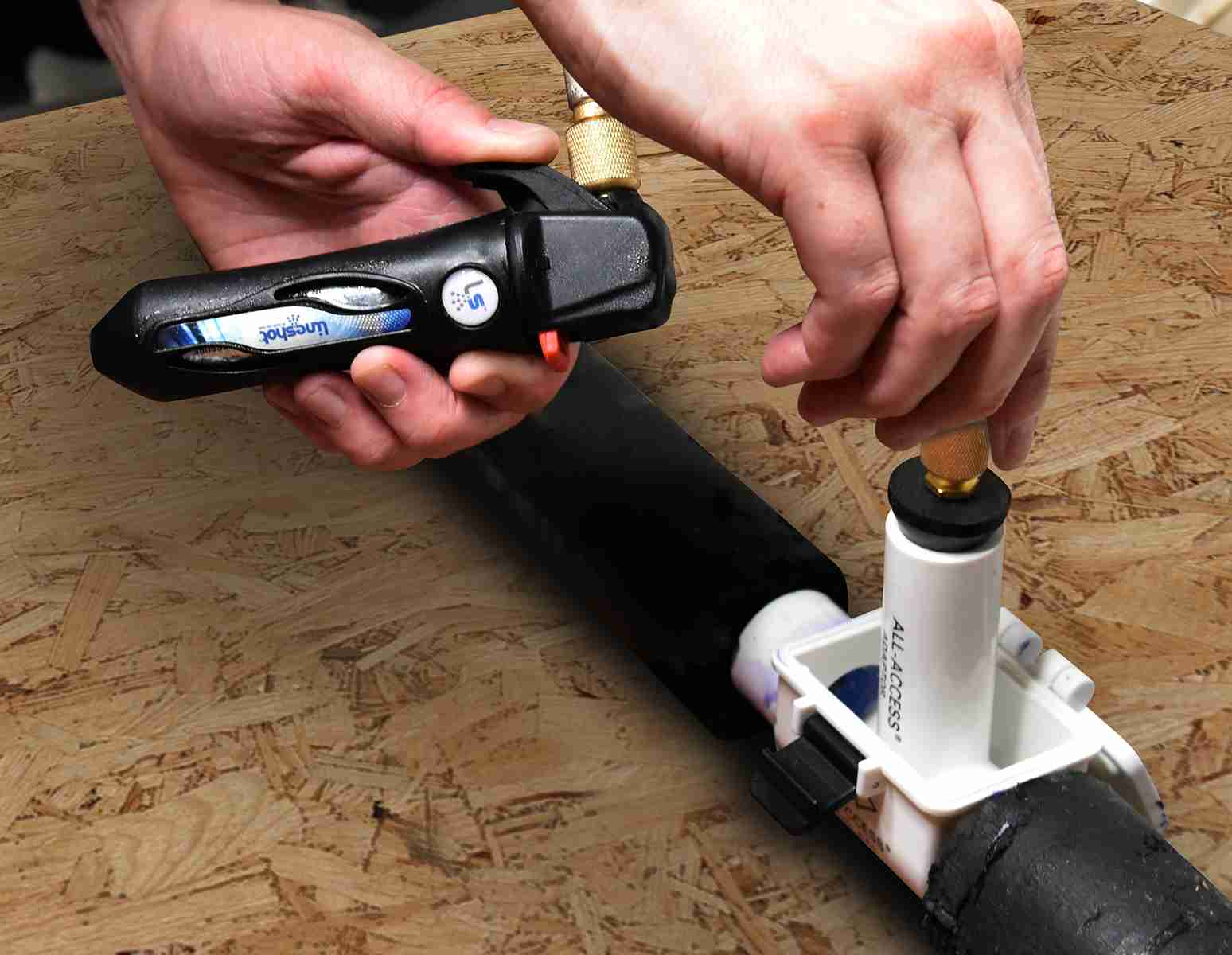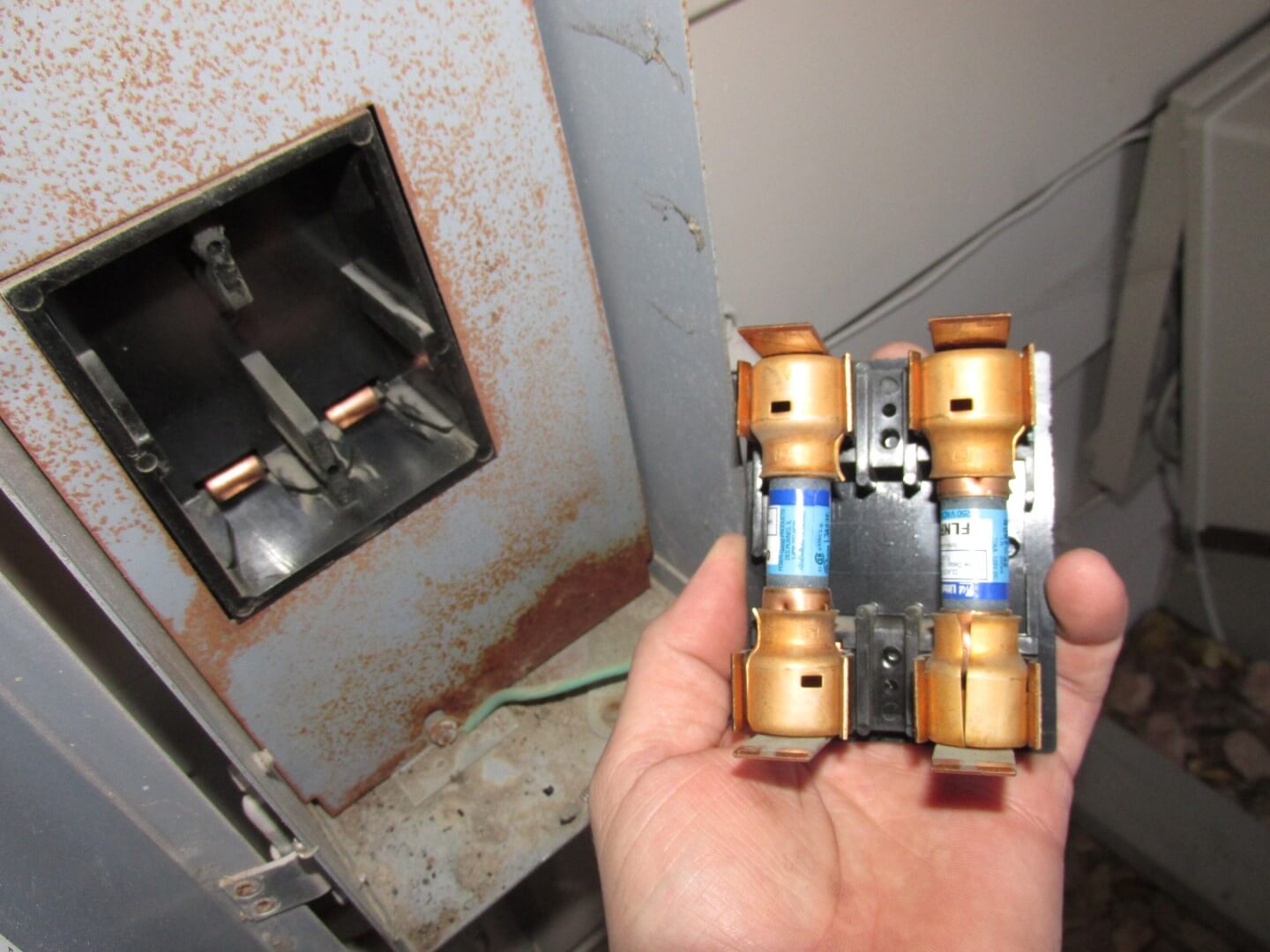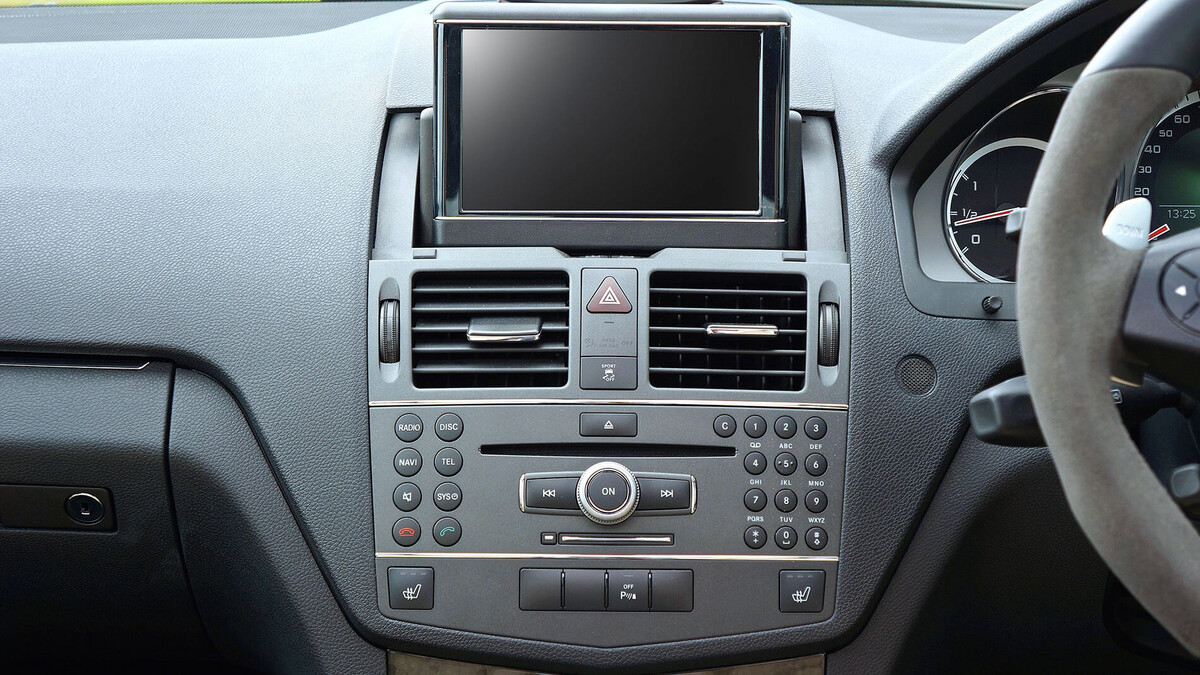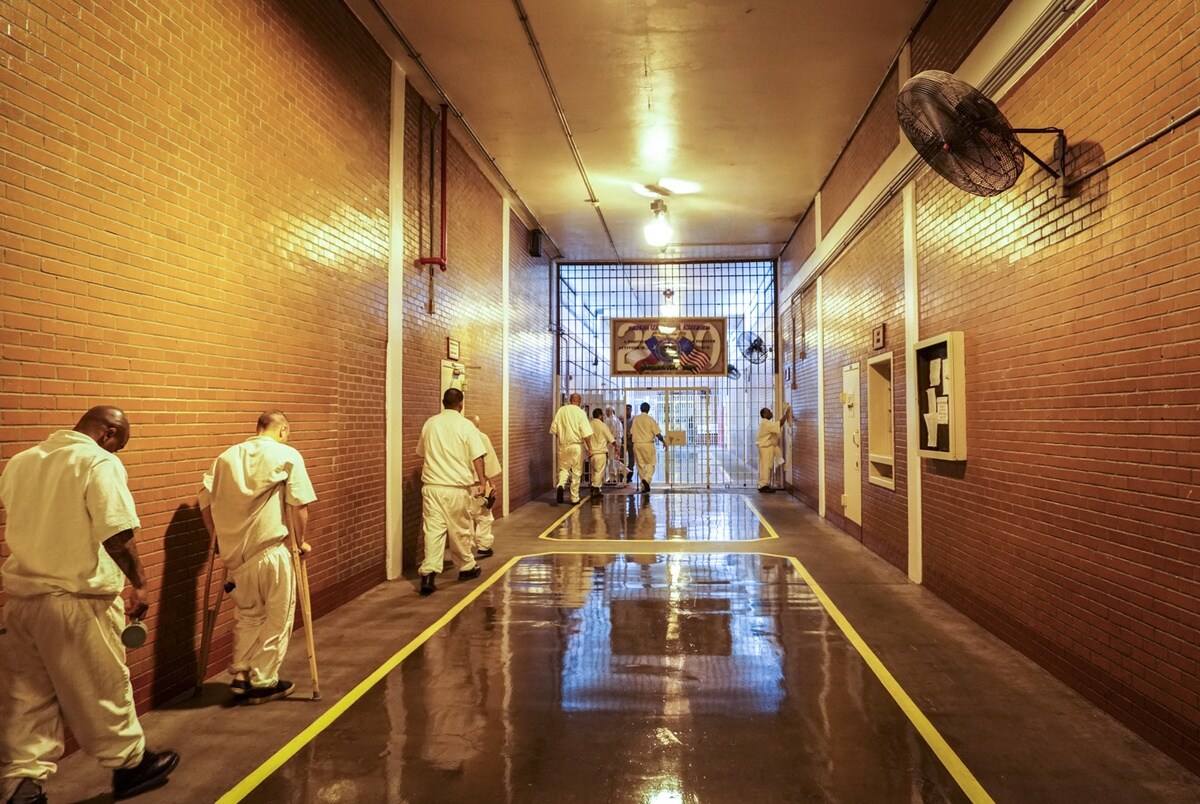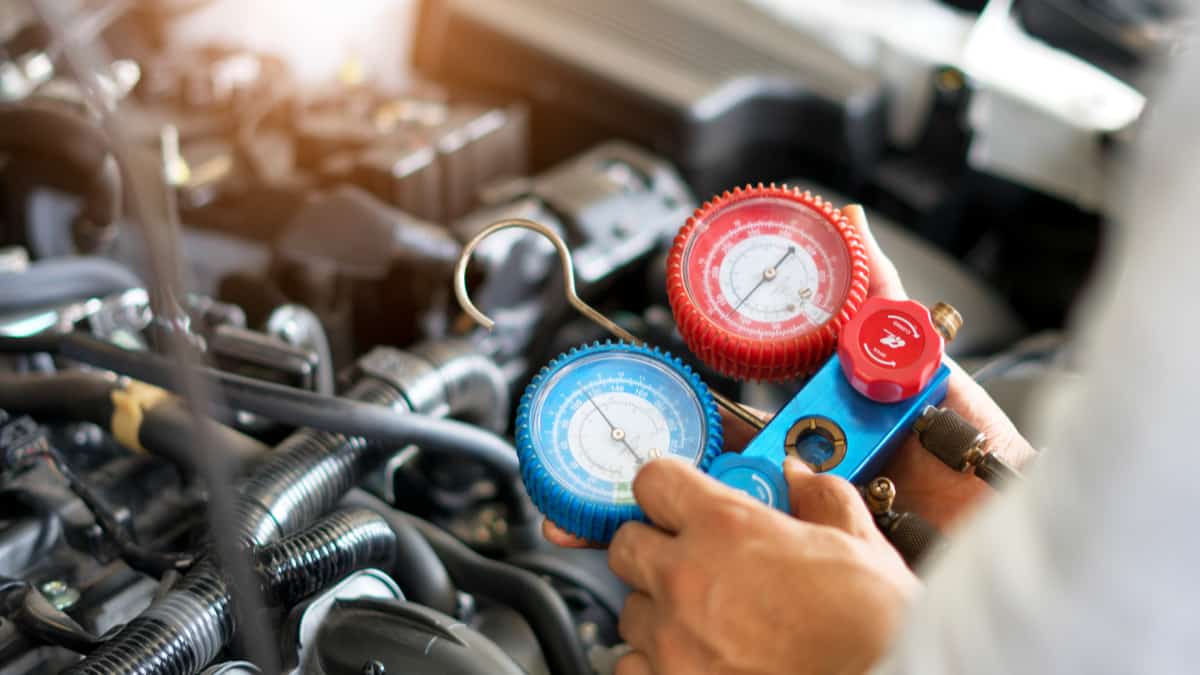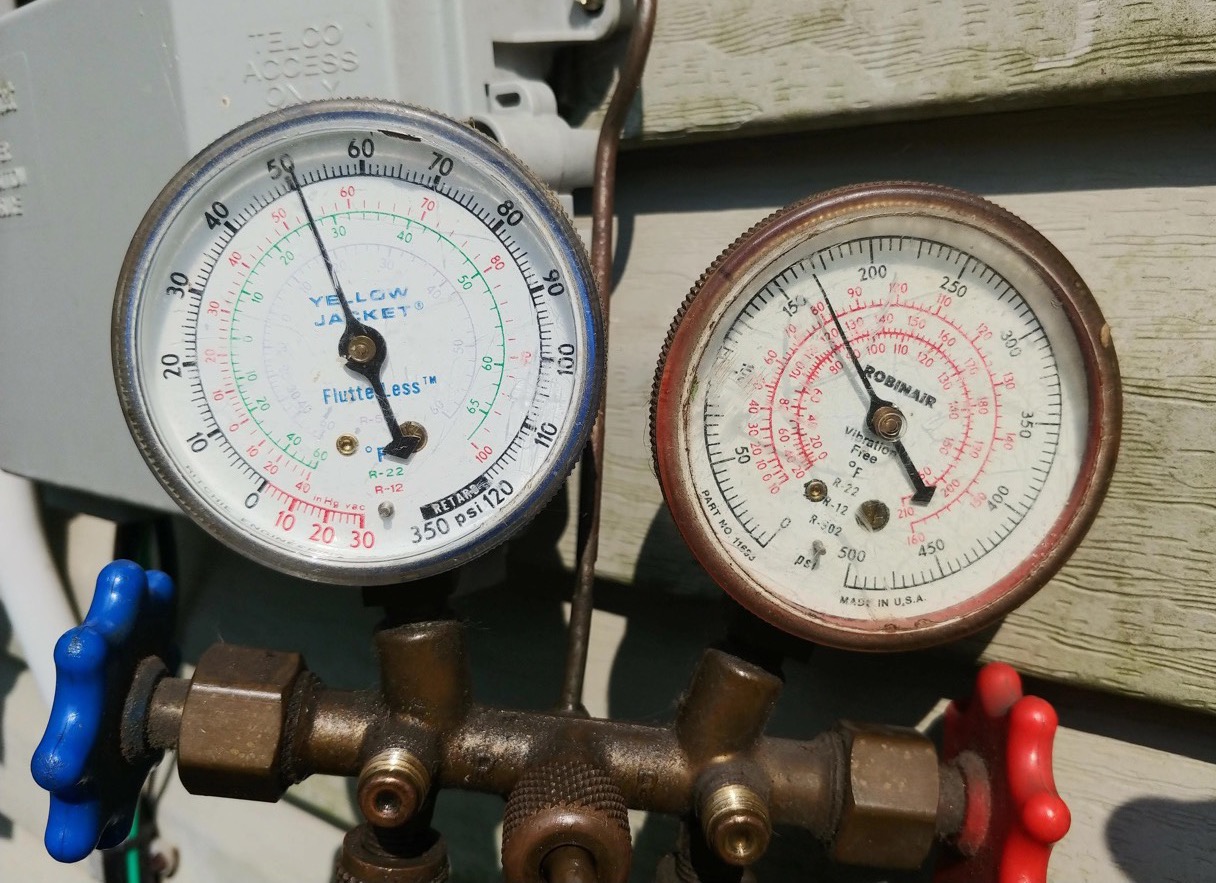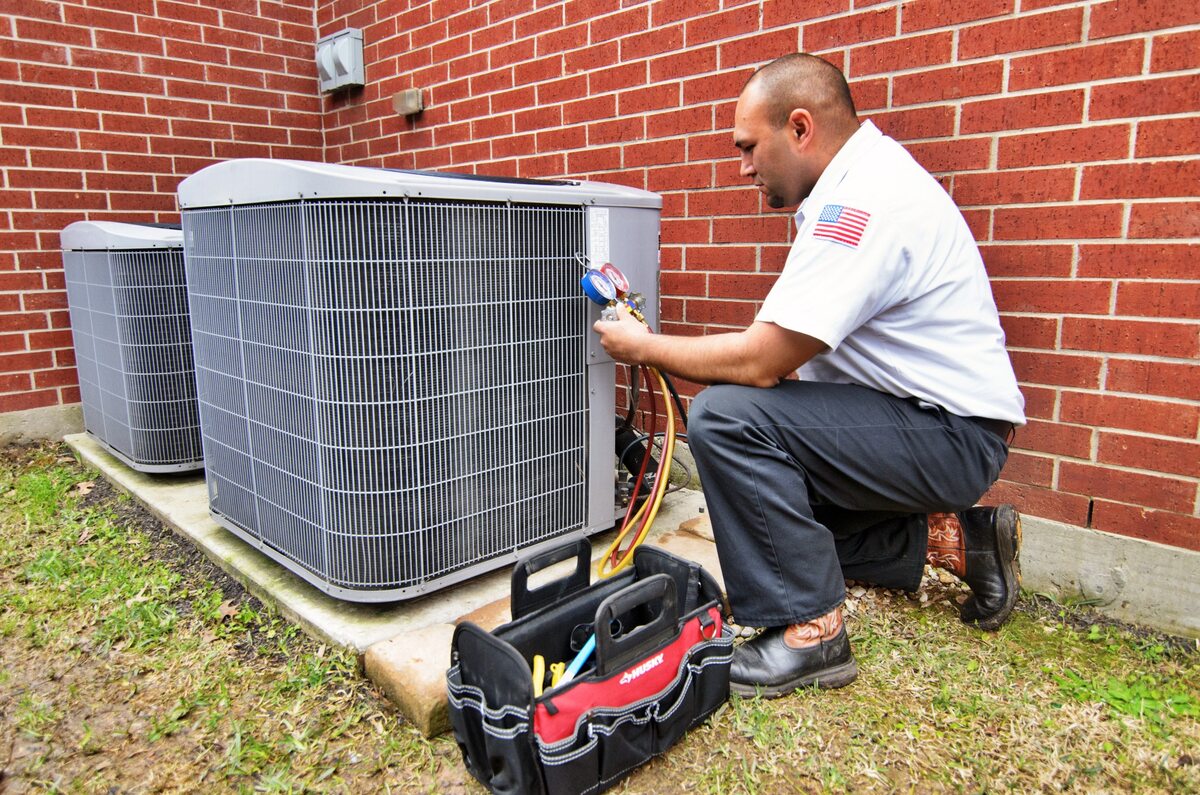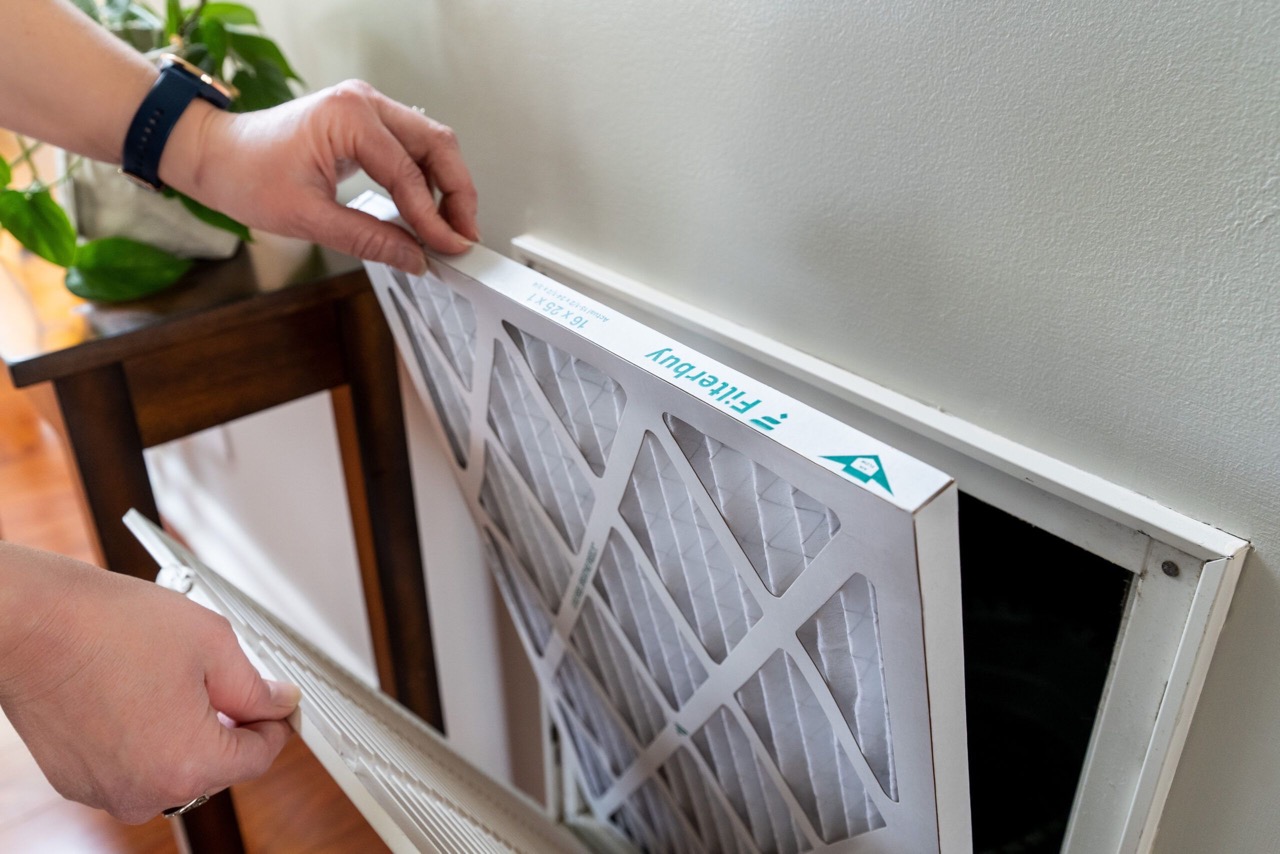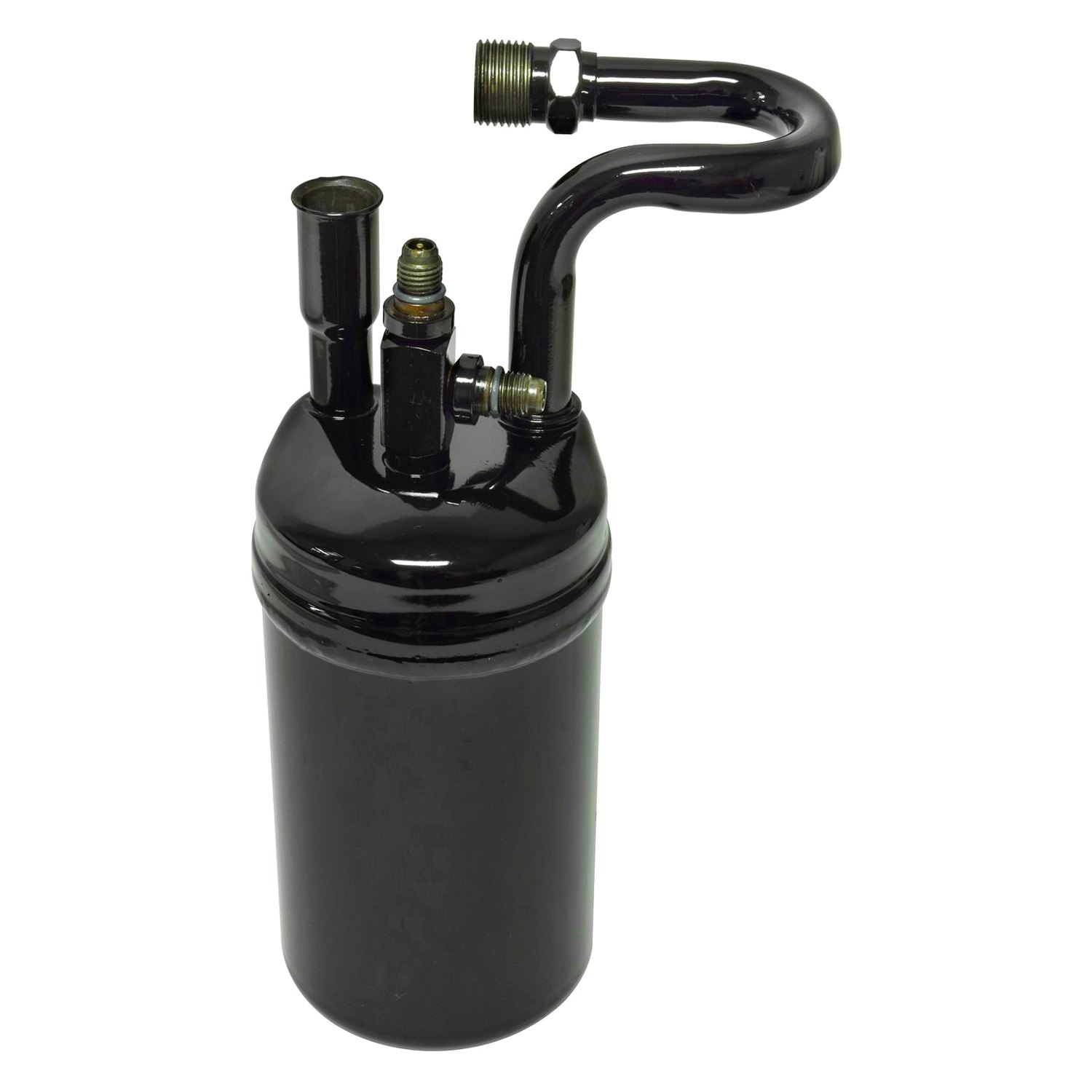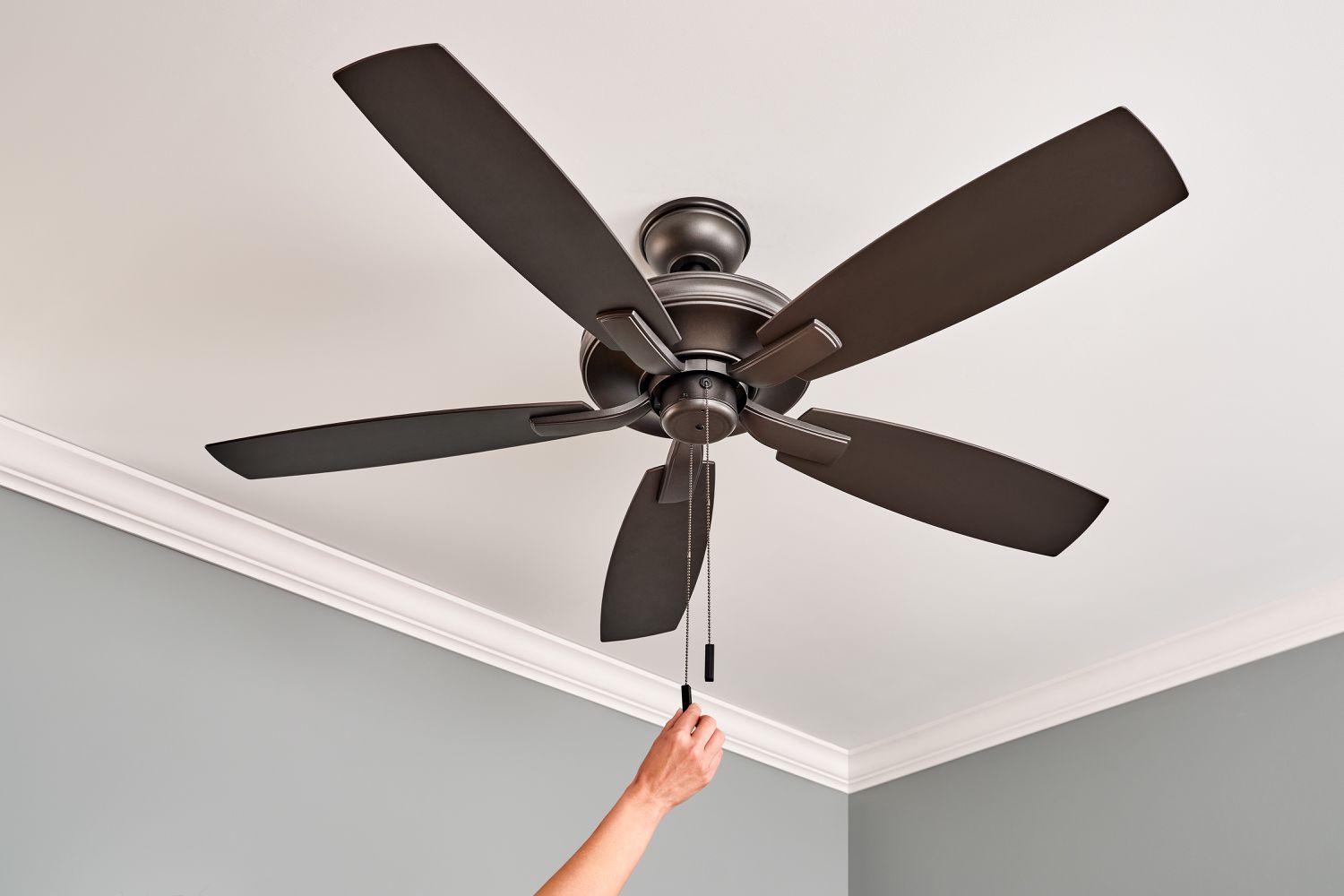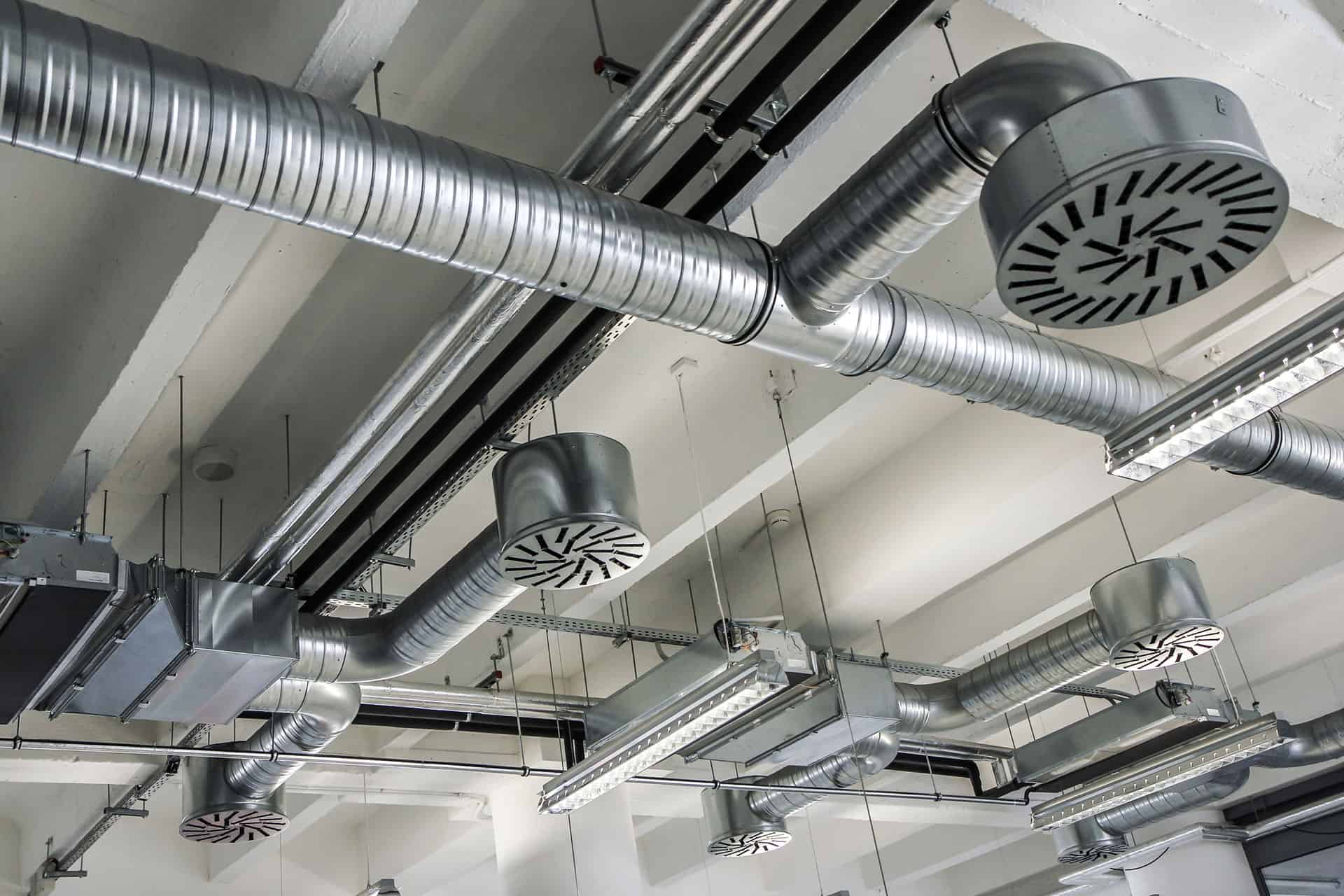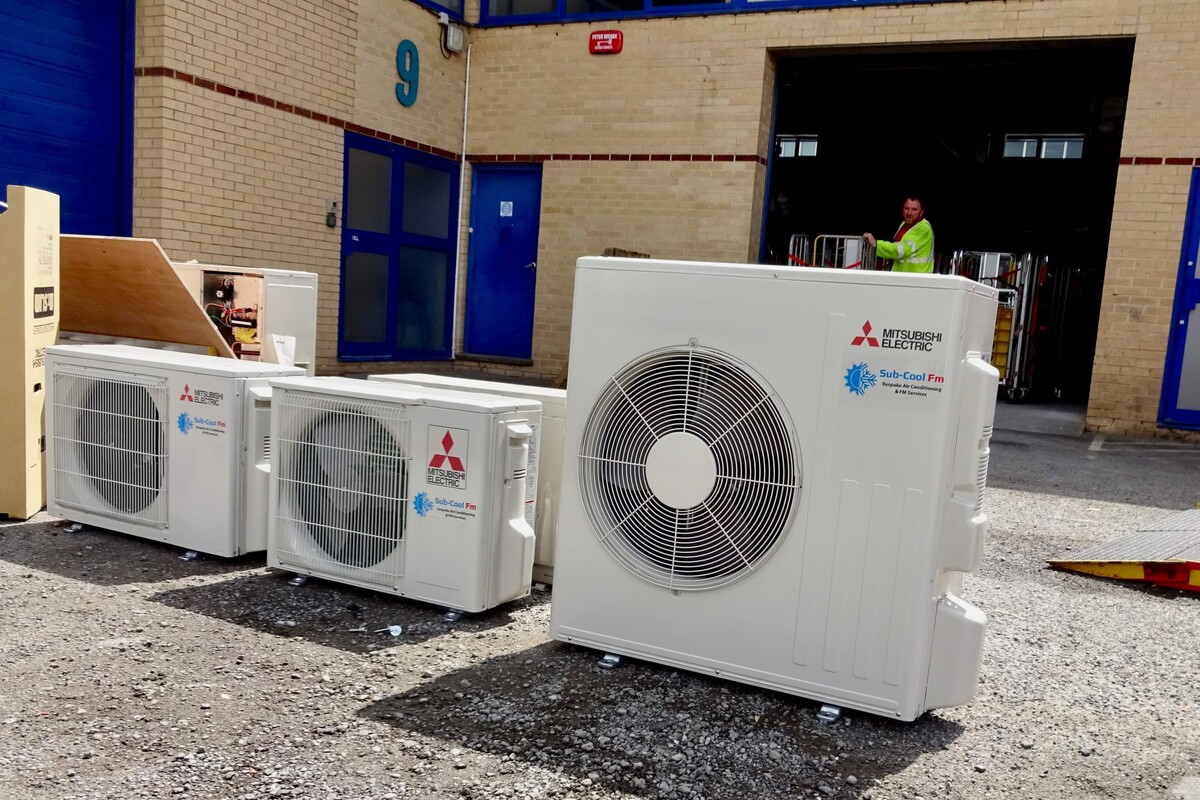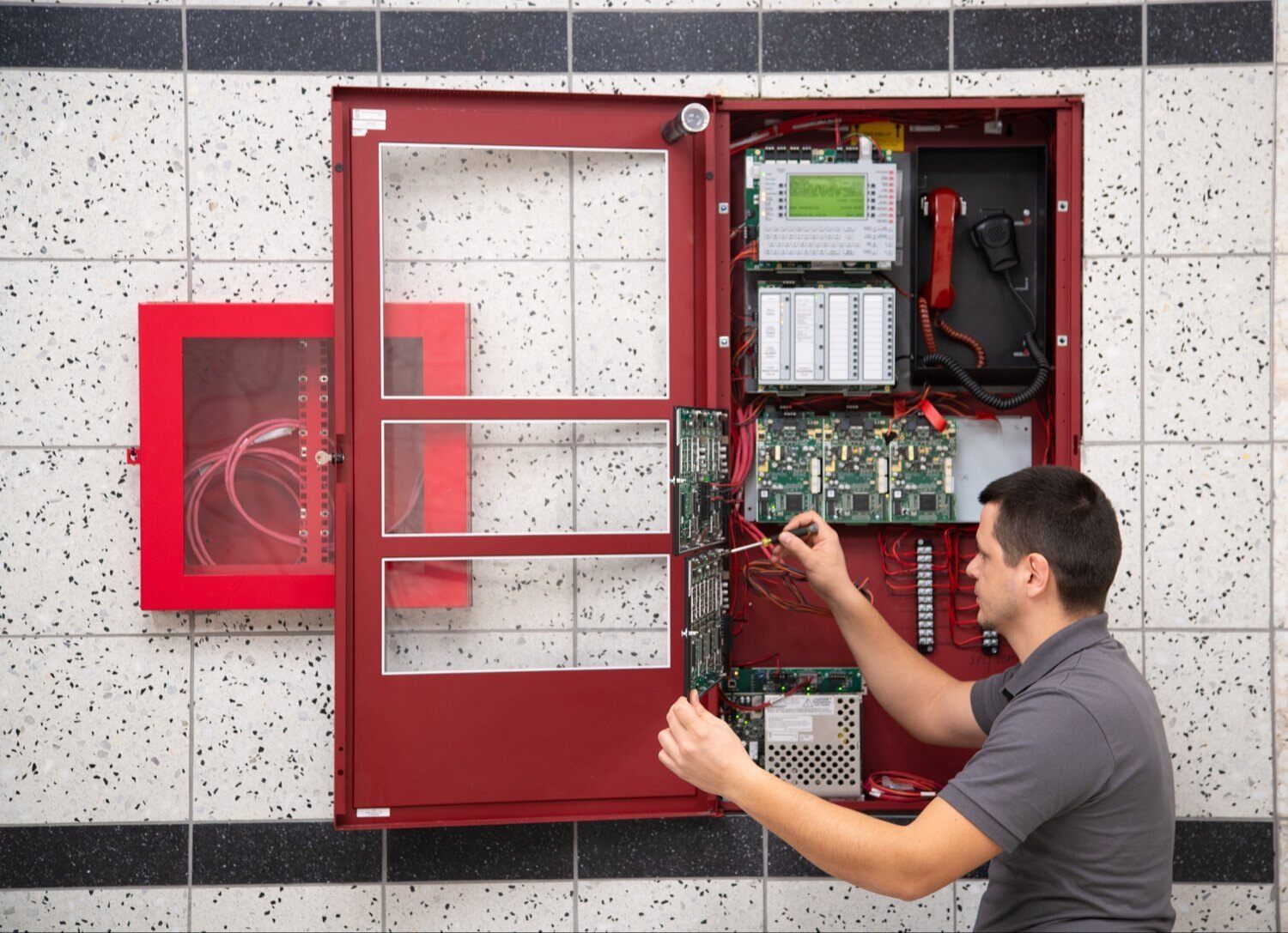Home>Home Maintenance>Which Component Is Located On The High-Pressure Side Of The Air Conditioning System
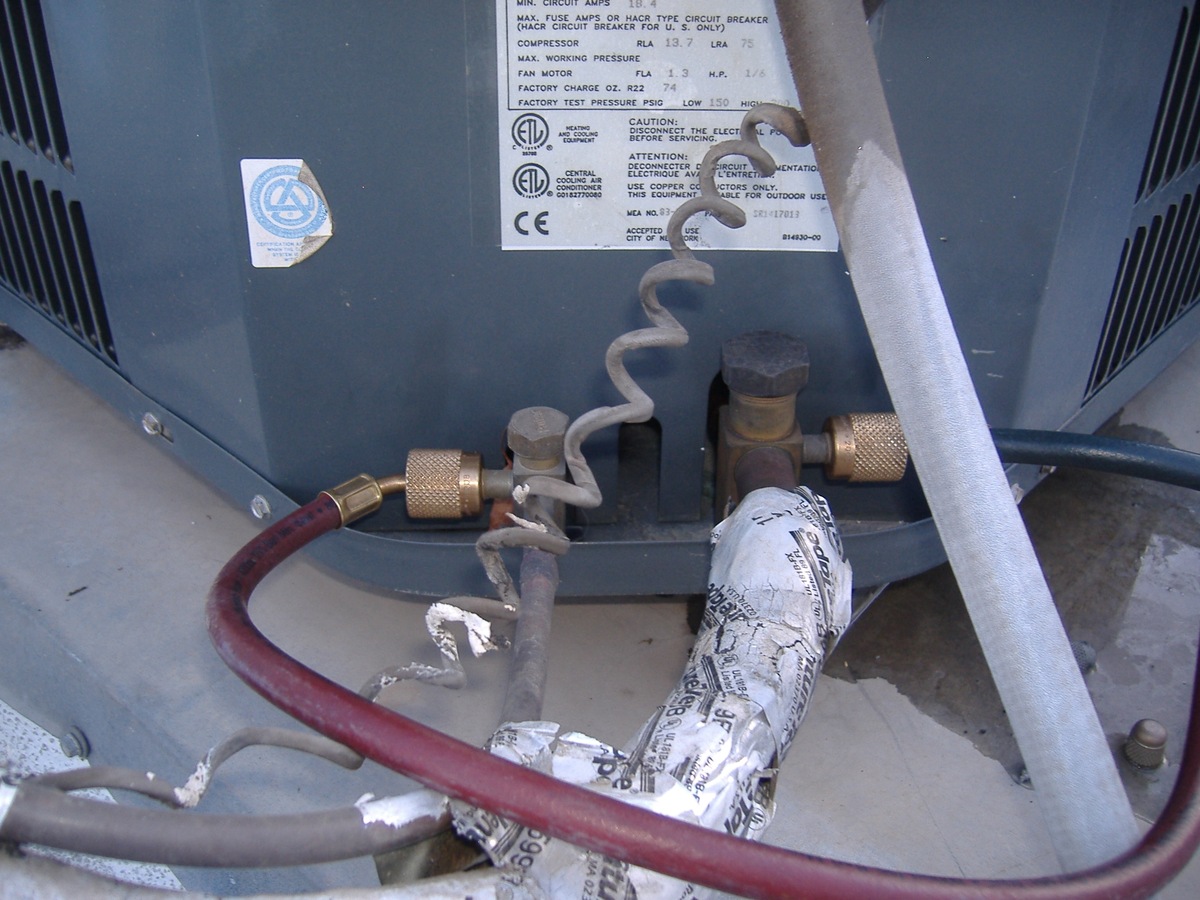

Home Maintenance
Which Component Is Located On The High-Pressure Side Of The Air Conditioning System
Modified: May 6, 2024
Learn about the important component located on the high-pressure side of an air conditioning system for home maintenance.
(Many of the links in this article redirect to a specific reviewed product. Your purchase of these products through affiliate links helps to generate commission for Storables.com, at no extra cost. Learn more)
Introduction
Welcome to our comprehensive guide on the high-pressure side components in an air conditioning system. If you’re a homeowner looking to understand the inner workings of your HVAC system or a DIY enthusiast interested in home maintenance, this article is for you.
An air conditioning system is a complex arrangement of various components, each playing a crucial role in maintaining a comfortable indoor climate. The high-pressure side is an essential part of the system responsible for the pressurization and cooling of the refrigerant gas. Understanding the components located on the high-pressure side is crucial for troubleshooting and maintaining your AC system.
In this article, we will delve into these components, their functions, and why they are important. So, let’s get started!
Key Takeaways:
- The high-pressure side of an air conditioning system includes components like the compressor, condenser, and expansion valve, which work together to cool and purify the refrigerant gas, ensuring efficient cooling and system protection.
- Understanding the high-pressure side components is crucial for homeowners and DIY enthusiasts to maintain the efficiency and longevity of their air conditioning system, ensuring reliable cooling and comfort in their homes.
Understanding High-Pressure Side in Air Conditioning System
The high-pressure side of an air conditioning system, also known as the high side, is the section where the refrigerant gas transitions from a high-pressure, high-temperature state to a high-pressure, low-temperature state. This side of the system is responsible for the release of heat absorbed from the indoor environment.
When the air conditioner is turned on, the compressor starts compressing the low-pressure refrigerant gas, increasing its pressure and temperature. The high-pressure gas then flows into the high-pressure side of the system, where it is cooled and condensed before being circulated back to the low-pressure side to repeat the cycle.
The high-pressure side components play a crucial role in facilitating this cooling and condensation process. Let’s take a closer look at each of these components to better understand their functions and importance in the air conditioning system.
Components located on the High-Pressure Side
Several key components are located on the high-pressure side of an air conditioning system. Each of these components serves a specific purpose in the cooling and pressurization of the refrigerant gas. Here are the main components you’ll find on the high-pressure side:
- Compressor: The compressor is often referred to as the “heart” of the system. It is responsible for pressurizing the refrigerant gas and circulating it through the AC system. The compressor’s function is to increase the pressure and temperature of the gas, ensuring efficient heat transfer.
- Condenser: The condenser is a heat exchanger designed to remove heat from the pressurized refrigerant gas. It consists of coils and fins, which aid in the dissipation of heat. As the high-pressure gas flows through the condenser, it condenses into a high-pressure liquid under the influence of cool air or a cooling fan.
- Receiver Dryer: The receiver dryer is a vital component that helps remove moisture and contaminants from the refrigerant gas. It contains a desiccant material that absorbs any moisture present in the system. Additionally, it includes a filter to trap debris and contaminants, ensuring they do not enter the AC system and potentially cause damage.
- Expansion Valve: The expansion valve is responsible for regulating the flow of the refrigerant from the high-pressure side to the low-pressure side. It creates a pressure drop, causing the refrigerant to expand rapidly, which leads to a decrease in temperature. This process prepares the refrigerant for efficient heat absorption in the evaporator coil.
- Accumulator: The accumulator, also known as a receiver or filter-drier, is typically found in systems with an orifice tube as the expansion device. It works by storing excess liquid refrigerant and ensuring that only vapor enters the compressor. The accumulator also helps eliminate any remaining moisture or contaminants in the system.
These components work together to maintain the proper pressurization, cooling, and circulation of the refrigerant gas in the air conditioning system. Each component plays a vital role in the overall efficiency and functionality of the high-pressure side.
The component located on the high-pressure side of the air conditioning system is the condenser. It is responsible for releasing heat from the refrigerant.
Functions of High-Pressure Side Components
Each component located on the high-pressure side of an air conditioning system performs a specific function that is crucial for the overall performance and efficiency of the system. Let’s dive into the functions of these components:
- Compressor: The compressor’s main function is to pressurize the low-pressure refrigerant gas coming from the evaporator coil. By compressing the gas, the compressor increases its pressure and temperature, allowing for efficient heat transfer in the system.
- Condenser: The condenser is responsible for releasing heat from the high-pressure refrigerant gas. It acts as a heat exchanger, allowing the hot gas to come into contact with cooler air or a cooling fan. As a result, the refrigerant gas condenses into a high-pressure liquid, ready to be circulated back to the low-pressure side for further cooling.
- Receiver Dryer: The receiver dryer plays a crucial role in maintaining the purity of the refrigerant gas. It serves as a reservoir where excess liquid refrigerant is stored and any remaining moisture is removed. The receiver dryer also contains a filter element that helps trap contaminants and debris, preventing them from circulating in the system and causing damage.
- Expansion Valve: The expansion valve is responsible for metering the flow of the refrigerant from the high-pressure side to the low-pressure side. It creates a pressure drop, which causes the refrigerant to expand rapidly and change into a low-pressure, low-temperature state. This process prepares the refrigerant for efficient heat absorption in the evaporator coil.
- Accumulator: The accumulator is designed to store excess liquid refrigerant and prevent it from entering the compressor. It ensures that only vapor refrigerant enters the compressor, which reduces the risk of damage due to liquid refrigerant entering the compressor. Additionally, the accumulator helps remove any remaining moisture or contaminants from the system, ensuring the purity of the refrigerant.
By performing their individual functions, these high-pressure side components work together to maintain the proper flow, pressure, temperature, and purity of the refrigerant gas in the air conditioning system. Ensuring the efficient functioning of these components is essential for the overall performance and longevity of the AC system.
Importance of High-Pressure Side in Air Conditioning System
The high-pressure side of an air conditioning system plays a crucial role in the overall functioning and performance of the system. Understanding the importance of the high-pressure side components can help homeowners and DIY enthusiasts properly maintain their AC system. Here are a few key reasons why the high-pressure side is important:
- Cooling Efficiency: The high-pressure side components, such as the compressor and condenser, are responsible for the cooling process in the system. The compressor increases the pressure and temperature of the refrigerant gas, while the condenser releases heat from the gas. These actions ensure that the refrigerant is cooled effectively, allowing for efficient cooling of the indoor environment.
- Heat Dissipation: The condenser, located on the high-pressure side, plays a significant role in removing heat from the system. By releasing heat from the pressurized refrigerant gas, the condenser helps maintain the desired temperature in the air conditioning system. Without proper heat dissipation, the system may struggle to cool effectively, leading to decreased performance and higher energy consumption.
- Moisture and Contaminant Removal: The high-pressure side components, such as the receiver dryer and accumulator, play a vital role in filtering and purifying the refrigerant gas. The receiver dryer removes moisture from the gas, preventing any potential damage caused by moisture accumulation in the system. The accumulator helps trap debris and contaminants, ensuring that only clean refrigerant enters the compressor. This removal of moisture and contaminants helps improve the efficiency and longevity of the AC system.
- System Protection: A properly functioning high-pressure side is essential for protecting the overall air conditioning system. By maintaining the correct pressure, temperature, and flow of the refrigerant gas, the high-pressure side components help prevent damage to other components, such as the compressor and evaporator coil. Proper maintenance of the high-pressure side can extend the lifespan of the AC system and reduce the chances of costly repairs in the future.
Understanding the importance of the high-pressure side in an air conditioning system is key to ensuring the efficient and effective cooling of your indoor environment. Regular maintenance and proper functioning of the high-pressure side components can help maintain optimal performance, energy efficiency, and overall comfort in your home.
Conclusion
Understanding the high-pressure side components in an air conditioning system is essential for homeowners and DIY enthusiasts alike. These components, including the compressor, condenser, receiver dryer, expansion valve, and accumulator, play vital roles in pressurizing, cooling, and purifying the refrigerant gas.
By effectively compressing the refrigerant gas, the compressor increases its pressure and temperature, paving the way for efficient heat transfer. The condenser then releases heat from the high-pressure gas, helping to cool it down and prepare it for circulation within the system.
The receiver dryer plays a critical role in removing moisture and contaminants from the refrigerant gas, ensuring its purity and preventing potential damage to the system. The expansion valve regulates the flow of the refrigerant from the high-pressure side to the low-pressure side, allowing for efficient heat absorption in the evaporator coil.
The accumulator helps store excess liquid refrigerant and eliminates any remaining moisture or contaminants, safeguarding the compressor and other components in the process. Overall, the high-pressure side components work in harmony to maintain optimal cooling efficiency, heat dissipation, and system protection.
Understanding the importance of the high-pressure side components is crucial for maintaining the efficiency and longevity of your air conditioning system. Regular maintenance and proper functioning of these components will ensure that your AC system operates at its best, providing reliable cooling and comfort to your home.
We hope this comprehensive guide has provided you with valuable insights into the high-pressure side components in an air conditioning system. Armed with this knowledge, you can now confidently troubleshoot and maintain your AC system, keeping it in top-notch condition for years to come.
Curious about keeping your AC running smoothly? Check out our guide on how to service your cooling unit, where you'll find practical advice to ensure it operates at peak efficiency. Also, don't miss our review of the newest pressure switches hitting the market next year. These tiny yet crucial components could make a world of difference in your air conditioning’s performance. So why wait? Get ahead of the maintenance curve and give your AC the care it deserves!
Frequently Asked Questions about Which Component Is Located On The High-Pressure Side Of The Air Conditioning System
Was this page helpful?
At Storables.com, we guarantee accurate and reliable information. Our content, validated by Expert Board Contributors, is crafted following stringent Editorial Policies. We're committed to providing you with well-researched, expert-backed insights for all your informational needs.
